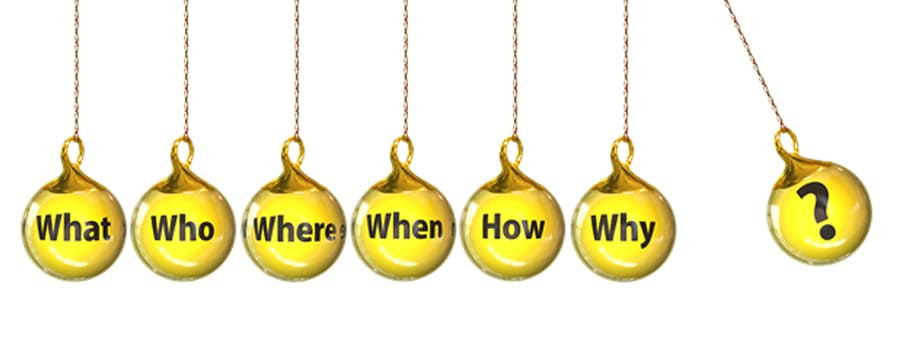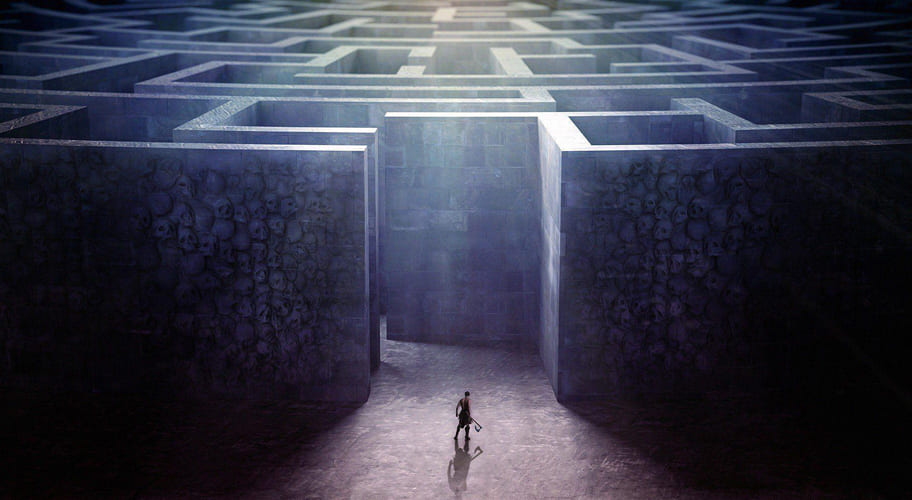"If you always do what you have always done, you will always get what you have always got." - Albert Einstein.
In essence, change is necessary if we are to advance. Now, as the scenario of healthcare is changing drastically - the population rising and the diseases we are up against are changing as our lifestyles become wealthier -change is sorely needed.
In medicine, some of the most significant discoveries have been made not in high tech labs or by highly trained scientists, but by the tinkering of curious students. Penicillin. Microscopes.
They started as seeds in the minds of individuals who had not only the courage to begin working on their ideas, but the determination and grit to carry it to the finish line despite setbacks and failures.
Technology has changed every aspect of human life, from education to agriculture, with healthcare being a large frontier. Technological developments have drastically improved quality of care and even life expectancy - it has affected everything from medical education to the way new doctors practice.
Lifesaving, vital technology that is available today was unthinkable just decades ago - surgical robots, healthcare apps that connect the most remote areas to providers in urban centres, telemedicine...would have seemed like a sci-fi dream to a doctor merely twenty or so years ago.
And yet today, they are real things that have woven themselves into medical practice so seamlessly that to work without them is difficult.
Many medical and paramedical students today feel like all the great discoveries have already been made, leaving them nothing to work on, but this is untrue. A discovery or innovation doesn't need to be big to make a difference.
It seems impossible to conceive an idea that could potentially help heal or diagnose or even cure - but there are ways to make it easier.
For example, the 5 W's –

Who - are you targeting? Which population could be benefited the most by your device or concept?
Later on in the process, you may also need to consider who can help you to bring your creation to its maximal potential in terms of technical expertise, knowhow and skill.
What - is it going to be? This step is required for you to settle on the form your creation will eventually take.
For example, will it be downloadable software? A phone app? An entirely separate device?
Where - is the requirement for what you intend to make? What kind of environment will it be needed in? What conditions does it have to stand up to
When - will it hit the market? Mere creativity or technological genius isn't enough, a side of business savvy is also vital. A product that is perfectly made will benefit no one if it is never put out there.
And the sixth, usually final step – How? How will you go about making your product? Do you have all the material you need or will you be able to source what you need? Do you have the time, manpower, resources? How can you find those things?
Perhaps we can start small - look to your clinical setting as a place to start identifying problems.

The problems you face while diagnosing or treating your patients may be problems other healthcare professionals are also facing. Sometimes all it takes is one person to work out an issue and find a better way.
Talk to your peers and colleagues to find out if they have also experienced similar issues, and how or if they were able to find a solution.
Keep an open mind - what at first looks like failure may actually be success in a form you weren't looking for. Coronary angiography was born when a surgeon in the 1950's accidentally injected dye into a patients' vessels - a mistake he believed would be fatal, but actually led to a groundbreaking discovery. Commonly used medical tools like Xrays and implantable cardiac pacemakers have similar stories of origin.

You have an idea, but how do you present it to the world? A carefully worded, concise problem statement is required to catch your readers' attention, keep them hooked, and make sure they understand your aims.
A good problem statement should be able to bridge the gap between reality and the ideal that you envision. It should also explain the impact it will have, if you are successful, and briefly touch on how you plan to move from the current reality to the ideal you have described.
We will be having another blog post coming soon dedicated to how to write a good problem statement, but before you fire up your laptop and get started, a few things to know -
Make sure what you are working on is well supported by existing research - if your base is strong, you will have fewer problems ahead. Look for valid sources by qualified individuals - it can be a medical or scientific journal, a textbook, an article in a magazine...as long as it is legitimate and lends credibility to your work, you can use it.
This is especially and extremely important if you are writing an abstract for a research project (for your degree or otherwise) or when applying for a research grant. Knowing how to search for quality articles from good journals and sift through and interpret data are valuable skills.
Find people who can help - as a medical student, the finer aspects of engineering, coding and computing may elude you, so try to reach out to people in those fields who are willing to help and are interested in your project.
Speak to them as you formulate your statement, so that you don't accidentally make any claims or set any goals that turn out to be unrealistic. If you do not know anyone personally, there are organizations and setups that help with that (more on that later).
Although it is good to have a solid idea of what you want your final product to look like, it is also necessary to be a little flexible along the way. A suggestion from someone with expertise can go a long way toward improving your product, so even after you have framed your problem statement, it is not set in stone.
You can always make changes as you go, and be ready to roll with the punches, because there will definitely be unforeseen problems along your way!
That said, watch this space for our next post for details on how to write a good problem statement and more!